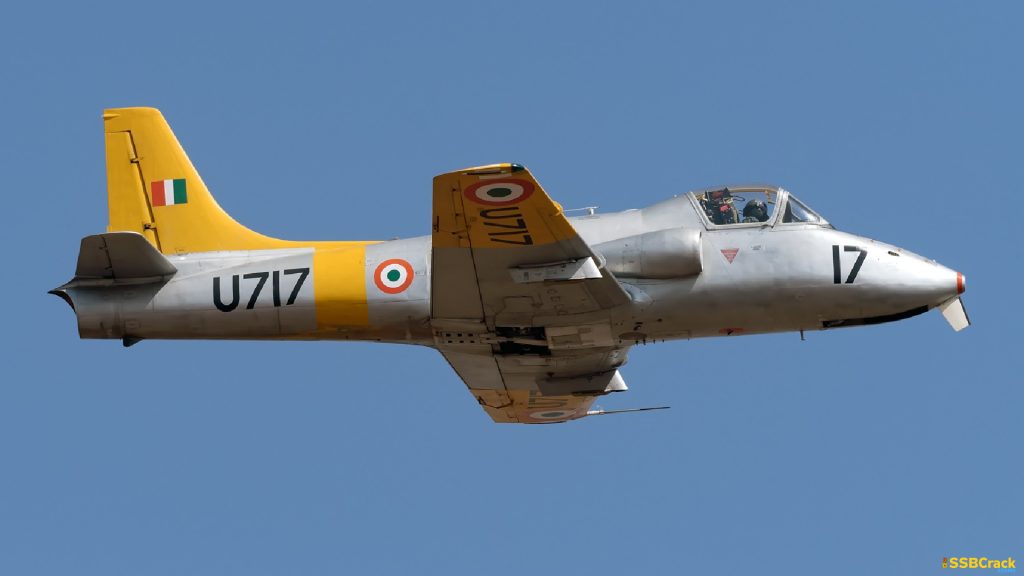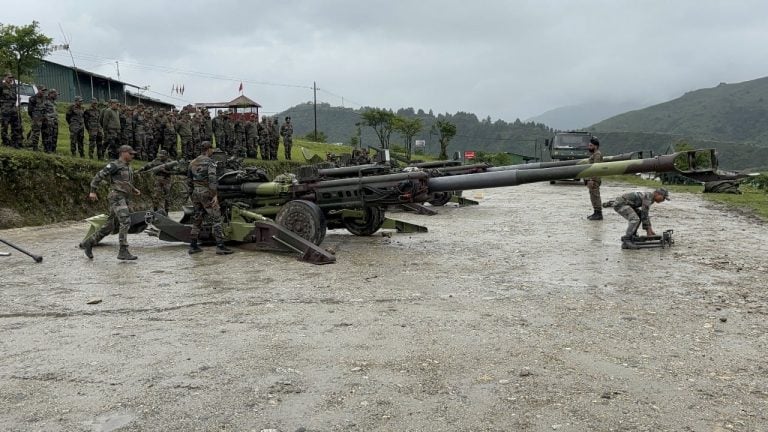Due to HAL’s inability to timely resolve technical issues with its HJT-36 Sitara intermediate jet trainer aircraft, the Indian Air Force (IAF) has extended the life of its remaining 86 HJT-16 Kiran MkII Stage-II trainer aircraft by 500 hours, allowing the IAF to keep them in the fleet until 2025–2026.
The Indian Air Force (IAF) has extended the life of its remaining 86 HJT-16 Kiran MkII Stage-II trainer aircraft by 500 hours, enabling the IAF to keep them in the fleet until 2025–2026 due to HAL’s inability to promptly resolve technical issues with its HJT-36 Sitara intermediate jet trainer aircraft.
The HJT-36 Sitara intermediate jet trainer, according to HAL, has structural problems that have been resolved, and flight testing has commenced. According to HAL, the aircraft will pass all necessary certification requirements within the following year. Originally set to be decommissioned by 2019, the IAF’s fleet of HJT-16 Kiran MkII Stage-II trainers have instead been given longer service lives, and old spare parts from the military’s older Kiran MkI fleet have been repaired.
About HAL HJT-16 Kiran
Hindustan Aeronautics Limited, an aircraft manufacturer, developed and produced the two-seat intermediate jet-powered trainer aircraft known as the HAL HJT-16 Kiran (or “Ray of light”) (HAL).
The Indian Air Force (IAF), which was looking for a new intermediate trainer aircraft for its pilots, requested the development of the Kiran. The type had its first flight on September 4, 1964, and mass production followed soon after. The IAF has adopted it and utilizes it to teach pilots at the intermediate level after receiving basic training on the HPT-32 Deepak and Pilatus PC-7. In addition, the IAF acquired a handful of Kiran in the 1980s that were outfitted with a more potent engine and more hard points; this type was known as the Kiran Mk II. Moreover, the Indian Naval Air Arm has adopted it. After the 1989 completion of the final Stage, the assembly line was
Kiran Mk II: An improved version with four hardpoints and integral twin 7.62 mm machine guns in the nose, as well as a Bristol Siddeley Orpheus engine. There were 61 Mk II Kirans built in total.
To crack the SSB Interview and join the Indian Army as an Officer, You can join our SSB interview live classes batch and we recommend you to Enroll SSB INTERVIEW ONLINE COURSE. Trusted by thousands of defence aspirants.
Also read:






















